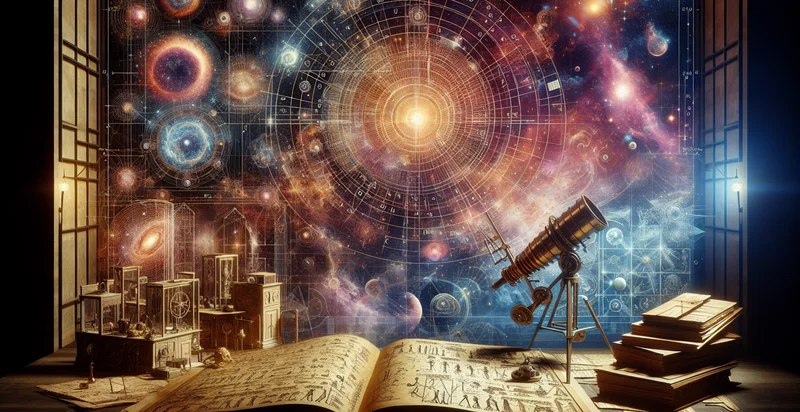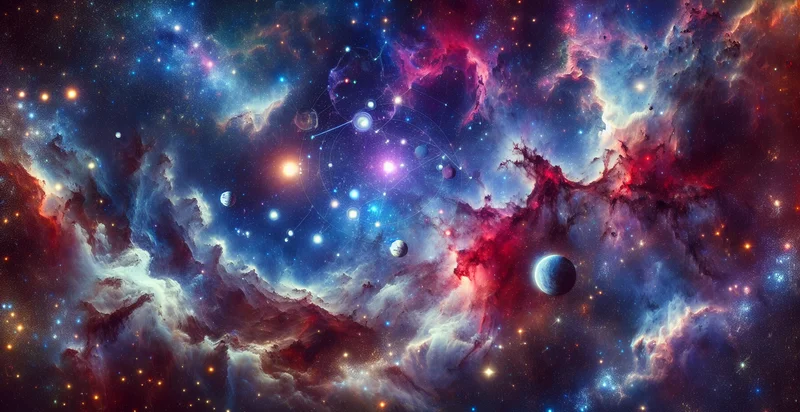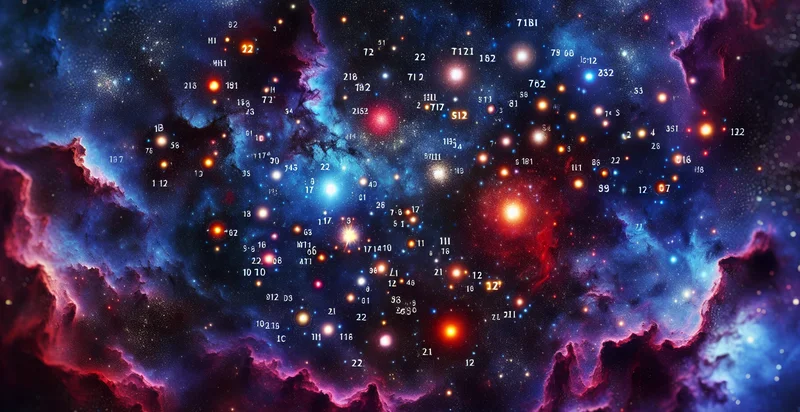Identify astronomical catalog
using AI
Below is a free classifier to identify astronomical catalog. Just input your text, and our AI will predict the type of astronomical object in the catalog. - in just seconds.

Contact us for API access
Or, use Nyckel to build highly-accurate custom classifiers in just minutes. No PhD required.
Get started
import nyckel
credentials = nyckel.Credentials("YOUR_CLIENT_ID", "YOUR_CLIENT_SECRET")
nyckel.invoke("astronomical-catalog", "your_text_here", credentials)
fetch('https://www.nyckel.com/v1/functions/astronomical-catalog/invoke', {
method: 'POST',
headers: {
'Authorization': 'Bearer ' + 'YOUR_BEARER_TOKEN',
'Content-Type': 'application/json',
},
body: JSON.stringify(
{"data": "your_text_here"}
)
})
.then(response => response.json())
.then(data => console.log(data));
curl -X POST \
-H "Content-Type: application/json" \
-H "Authorization: Bearer YOUR_BEARER_TOKEN" \
-d '{"data": "your_text_here"}' \
https://www.nyckel.com/v1/functions/astronomical-catalog/invoke
How this classifier works
To start, input the text that you'd like analyzed. Our AI tool will then predict the type of astronomical object in the catalog..
This pretrained text model uses a Nyckel-created dataset and has 25 labels, including B, Bd, Bh, Cng, Cw, D, Fg, Gro, Hd and Hip.
We'll also show a confidence score (the higher the number, the more confident the AI model is around the type of astronomical object in the catalog.).
Whether you're just curious or building astronomical catalog detection into your application, we hope our classifier proves helpful.
Related Classifiers
Need to identify astronomical catalog at scale?
Get API or Zapier access to this classifier for free. It's perfect for:
- Astronomical Object Identification: This function can be utilized by researchers and astronomers to automatically classify and identify objects from astronomical catalogs. By processing large datasets, it aids in recognizing and labeling stars, galaxies, and other celestial entities with high accuracy.
- Data Validation for Surveys: Organizations conducting astronomical surveys can leverage this function to verify the accuracy of their collected data against established catalogs. It ensures that any discrepancies or errors in classification are promptly identified, improving the quality of the survey results.
- Automated Research Assistant: Research institutions can implement this function as a part of their data processing workflow to assist astronomers in cataloging new findings. By filtering out irrelevant data, it allows researchers to focus on significant astronomical events or unseen phenomena.
- Citizen Science Projects: This function can be incorporated into citizen science platforms where amateur astronomers classify celestial objects. It streamlines the classification process, ensuring that contributions from non-experts are accurately categorized, thus enhancing collective scientific effort.
- Artificial Intelligence Training: Developers of AI models can utilize this function to generate labeled datasets for training and testing algorithms in astronomical image recognition tasks. By providing a classification baseline, it improves the performance of machine learning models in identifying and categorizing astronomical objects.
- Historical Data Analysis: Astronomers studying historical astronomical records can apply this classification function to relabel and standardize ancient catalog data. This modern approach aids in preserving important historical findings and makes them accessible for contemporary research.
- Integration into Astronomy Software: Software developers can embed this function into astronomy applications to provide users with an interactive experience. By enabling real-time classification of objects observed through telescopes, it enhances user engagement and improves understanding of astronomical phenomena.


